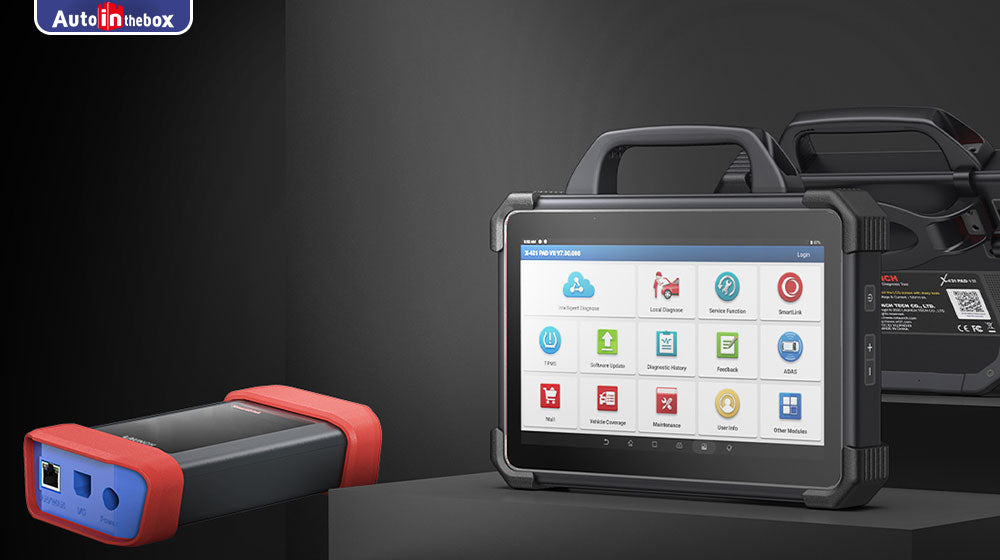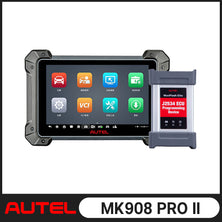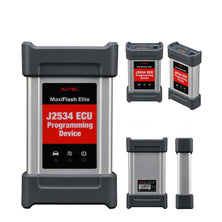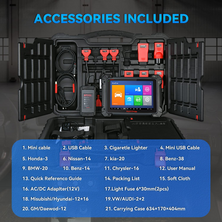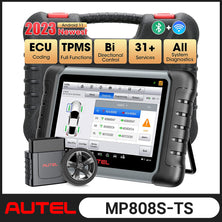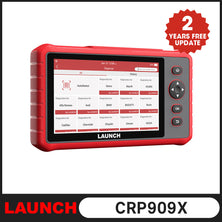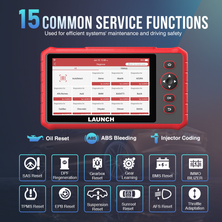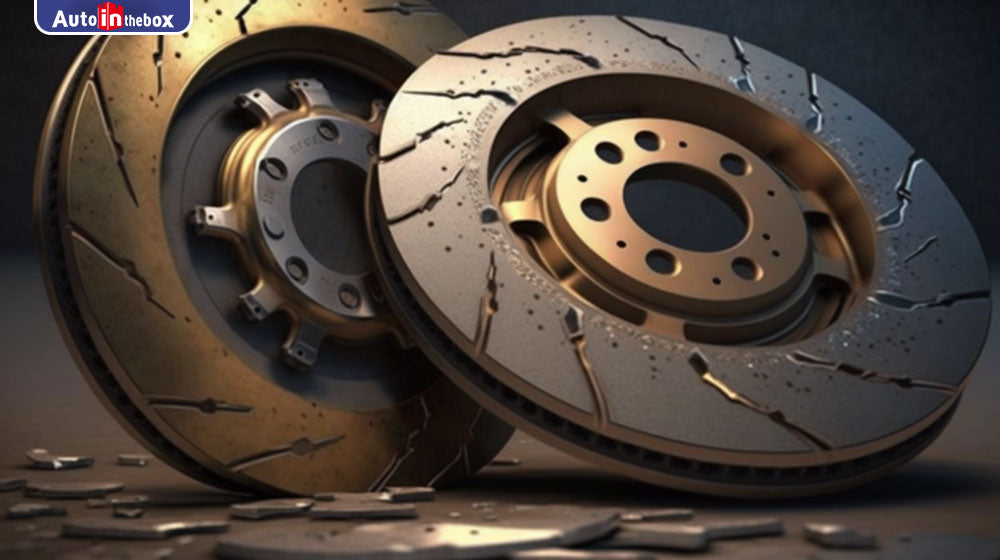
What causes Brake discs or drums are warped or cracked?
Brake discs or drums play an essential role in a car's braking system, and their quality and condition directly affect the braking performance, safety, and driving comfort of the vehicle. Therefore, it is necessary to attach great importance to the maintenance and maintenance of the brake disc or brake drum and find and solve problems in time to ensure the vehicle's driving safety and ride comfort.
Recommended 2023 top car diagnostic tool: Autel Ultra lite,Autel MP808S-TS,Autel MS906BT,Autel MK906BT,Launch X431V+
Causes of the brake disc or drums deformation or cracking:
The following reasons may cause the deformation or cracking of brake discs or brake drums:
- High temperature: Frequent braking can generate high temperatures, and prolonged use at high temperatures may cause brake discs or drums to deform or crack.
- Poor quality brake discs or brake drums: Poor brake discs or drums may be more susceptible to wear or corrosion, leading to deformation or cracking.
- Incorrect installation: Improper brake discs or drum installation may also cause them to deform or crack.
- Frequent braking: Frequent braking can cause brake discs or drums to overheat, leading to deformation or cracking.
- Wear and tear: Long-term use and wear can also cause brake discs or drums to deform or crack.
How to avoid warping or cracking of brake discs or drums:
Here are some ways to avoid deformation or cracking of brake discs or brake drums:
- Proper installation: Ensure the brake discs or drums are installed correctly, according to the manufacturer's specifications.
- High-quality components: Use brake discs or drums less susceptible to wear or corrosion.
- Avoid frequent heavy braking: Avoid frequent heavy braking, especially when the brakes are cold. This can help prevent overheating and potential deformation or cracking.
- Allow for proper cooling: Allow time for the brakes to cool down between heavy braking sessions. This can help prevent overheating and potential deformation or cracking.
- Regular maintenance: Perform routine maintenance on the brake system, including inspecting and replacing worn components. This can help ensure the system operates properly and prevent potential issues like deformation or cracking.
- Avoid harsh driving: Avoid difficult driving or sudden stops, which can put excessive stress on the brake system and increase the risk of deformation or cracking.
How to repair warped or cracked brake discs or drums:
Here are some methods to repair the deformation or cracking of brake discs or brake drums:
- Resurfacing: If the brake disc or drum is only slightly warped or has minor cracks, it may be possible to resurface the component. This involves grinding the surface of the disc or drum to remove any imperfections and restore a smooth surface.
- Machining: If the brake disc or drum is severely warped or has extensive cracking, it may need to be machined or turned. This involves using a lathe to remove a thin layer of material from the surface of the disc or drum, effectively restoring it to its original shape.
- Replacement: If the brake disc or drum is too damaged to be repaired, it must be replaced. This is typically the case if the component is severely warped or has extensive cracking that cannot be fixed by resurfacing or machining.
It is important to note that any repairs to brake components should be performed by a trained professional and by the manufacturer's specifications to ensure the safe and proper operation of the brake system.
Distorted or cracked brake disc or drum repair costs:
The cost of repairing a warped or cracked brake disc or brake drum can vary depending on several factors, including the damage's severity, the vehicle's make and model, and the repair shop's location. The cost of repairing a brake disc or drum can range from a few hundred dollars to over a thousand dollars.
If the damage is minor, resurfacing the brake disc or drum may be a cost-effective solution, typically ranging from $50 to $200 per component. However, the cost can be significantly higher if the damage is more severe and the part needs to be machined or replaced. Machining a brake disc or drum can cost anywhere from $200 to $400 per component, while replacing a brake disc or drum can cost between $300 and $800 per component, depending on the make and model of the vehicle.
It is important to note that the cost of repairing a brake disc or drum is just one aspect to consider. Safety should always be the top priority, and it is crucial to ensure that any repairs are performed by a qualified professional using high-quality components to ensure the safe and proper operation of the brake system.
To prevent disc or drum warping or cracking, there are several options to consider:
- To prevent deformation or cracking of brake discs or brake drums, the following measures can be taken:
- Proper installation: The brake discs or drums should be appropriately installed and torqued to the manufacturer's specifications. Improper installation can cause uneven wear and deformation.
- Regular maintenance: The brake system should be regularly inspected and maintained. This includes checking for wear, damage, and proper alignment.
- Brake pad selection: The brake pads should be selected according to the manufacturer's specifications and the vehicle's weight and intended use. Using the wrong brake pads can cause excessive heat and damage the brake discs or drums.
- Proper braking technique: Drivers should use good braking techniques to avoid excessive heat buildup in the brakes. This includes avoiding hard braking and allowing the brakes to cool between heavy use.
- Avoiding overheating: Excessive heat buildup in the brakes can cause deformation and cracking. This can be avoided by preventing heavy braking and allowing the brakes to cool between uses.
- Choosing high-quality parts: Brake discs, drums, and pads can help prevent deformation and cracking. Cheap or low-quality parts may not be able to withstand the stresses of braking and can fail prematurely.
By following these measures, it is possible to prevent the deformation or cracking of brake discs or drums and ensure safe and reliable braking performance.
